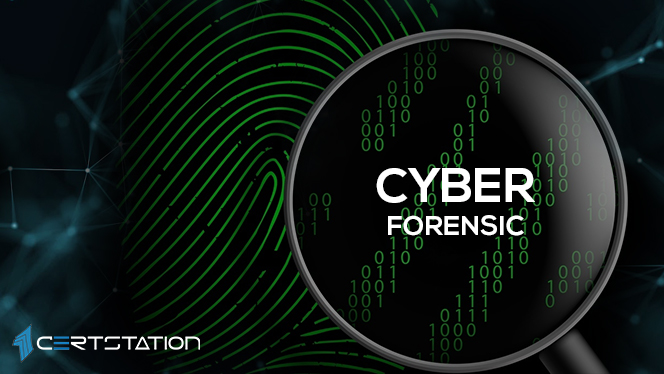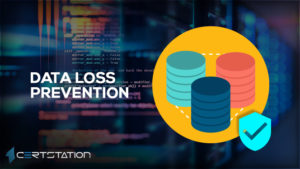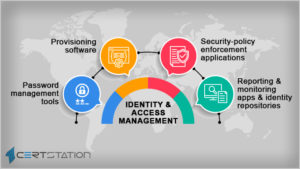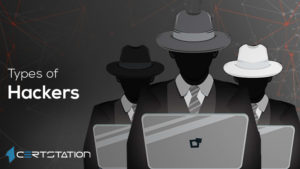
What is Cyber Forensics?
Cyber forensics is the method of acquiring, authenticating, analyzing, and documenting evidence recovered from the systems or online used to perpetrate the crime. And it can be committed from a number of sources such as computers, networks, digital media or storage devices that could have important information for the investigators to determine. In cyber forensics, file or data carving procedures are most generally used to ferret out digital evidence from the source; hard drive or online domain.
Cyber forensics has a lot of significance because it not only retrieves files concealed or removed from storage devices and systems, but forensics specialists can also determine if there are any ongoing suspicious activities. Computer forensics help solve the issue of retrieving data from files where file system is inaccessible or file system structure is disrupted. Files may be deliberately removed or, worse, configured to the interest of the suspect to hide their actions. In this day and age where technology plays a pivotal role in nearly all the electronic devices, it is significant to know when needed, how a skilled forensics expert can perform up to scratch, in gathering and presenting his evidence results to corresponding agencies.
Why is Computer Forensics Important to Your Organization?
To remain competitive in today’s fast-paced business environment, organizations have to rely heavily on technology. Customers expect organizations to have an online presence with easy-to-use, professional websites, be able to respond swiftly to online enquiries, and have the capacity to order online. Technology has become so important to people’s lives that they expect to have continuous access to their private emails and to be able to keep in touch with friends even during working hours.
All this, however, means that they will encounter some kind of cybersecurity event and the truth is they are often ill-equipped to deal with the incident effectively. Nevertheless, they often do not implement their acceptable computer usage policy or do not think about the control of USB devices that can be plugged into the network or mobile phones that may contain company data. Furthermore, when an employee’s contract is completed, the organization often ignores the need to swiftly close down the employee’s user accounts which can include remote access to the network.
Organizations have a lawful and ethical responsibility to defend their customer’s personal information; however, data leakage remains one of the major problems they face in todays’ technological world.
When a cybersecurity incident happens, the IT staff is often expected to make a preliminary evaluation to try and recognize the precise nature and importance of the incident. But if they are do not train in cyber forensics, they are unable to retrieve vital company information lost to hacking or any other criminal activity. A forensic probe can save time which, in turn, results in saving of money. When articulating an incident response plan, organizations should provide staff with computer forensic training.
Types of Digital Forensics
Three are three types of digital forensics.
Disk Forensics
Digital forensics has to do with taking out information from storage media by finding active, altered, or removed files.
Network Forensics
A sub-branch of digital forensics, network forensics deals with supervision and evaluation of computer network traffic to gather significant information and legal evidence.
Wireless Forensics
The major objective of wireless forensics, which is a division of network forensics, is to provide the tools required to gather and examine the data from wireless network traffic.
Database Forensics
Database forensics deals with the study and investigation of databases and their connected metadata.
Malware Forensics
Malware forensics is related to the recognition of malicious code, to study their payload, viruses, worms, etc.
Email Forensics
This type of digital forensics deals with retrieval and examination of emails, including removed emails, calendars, and contacts.
Memory Forensics
Memory forensics is related to gathering data from system memory (system registers, cache, RAM) in raw form and then carving the data from raw junkyard.
Mobile Phone Forensics
Mobile phone forensics is mostly related to the investigation and examination of mobile devices. It helps recover phone and SIM contacts, call records, incoming and outgoing SMS/MMS, audio, videos, etc.
Challenges faced by Digital Forensics
One of the major challenges digital forensics encounter includes is the rise of personal computers and widespread use of the internet. Also, hacking tools are readily available and a dearth of physical evidence makes examination increasingly difficult. What’s more, there is a massive amount of storage space into Terabytes that makes the probing job exceedingly tricky and challenging. Last but not least, any technological changes need an upgrade or amendments to solutions.
Steps involved in computer forensics
Here are the steps involved in computer forensics.
Readiness
This ensures that the forensics investigator and their respective team is always ready to take on an investigation at literally a moment’s notice.
Evaluation
Evaluation ensures the computer forensics team receives their directions about the cyberattacks they are going to probe.
Collection
This is the area where the real physical evidence and any storage devices which are used to obtain the dormant data are pigeon-holed and sealed in tamper resistant bags.
Analysis
This domain is where all of the gathered evidence and the dormant data are investigated in agonizing detail to find out how and where the cyberattack originated from, who the criminals are, and how this type of event can be prevented from entering the defense boundaries of the business or company in the future.
Presentation
Once the analyses have been finalized, a summary of the conclusions is then presented to the IT staff of the company which was affected by the cyberattack.
Conclusion
Although it’s difficult to investigate computer forensics, you can succeed in collecting evidence if you have the right tools. Evidence collection is a chief feature of a case, as prosecution is difficult without a considerable amount of proof. Organizations are rightfully responsible for protecting their customers’ personal information, and they should use every trick in the book to make it happen.




